For our high profile patients we protect your privacy from the time you initially contact us throughout your relationship with our clinicians.
Noise adds up. According to OSHA, if you are exposed to sound at 100dB, you can go for two hours without damage. At 105dB? Your safe exposure limit is cut down to one hour. Standards issued by NIOSH are even more strict!
Anything with a sustained average volume of 85 decibels is dangerous, potentially causing damage.
The sound of music or industrial noise over 115 dB can pose a serious health risk even with very brief exposure.
Impacts of too much sound/noise exposure:
A perception of sound in the absence of external sound (tinnitus), decreased sound tolerance, hearing one pitch as two, and an inability to match pitch.
Hearing Disorders Get Worse With Repeated Exposure.
Ears need time to recover from overexposure to sound. You may feel fine now, but repeated exposure can add up over a lifetime.
Hearing Damage Can Happen Without Warning.
Most hearing loss happens slowly over time. You may not even notice it as it's happening. That's why it's important to have your hearing checked annually when you are exposed to high levels of sound/noise.
Injury often start off as muffled hearing, ringing or buzzing sounds after a performance or rehearsal. In most cases, the symptoms are temporary. Over time, the effects become more pronounced and longer lasting. Without warning, they can become permanent.
OSHA isn’t stepping onto your stage. We don’t believe any aspect of music should be regulated, however we do want you to be educated and protected.

